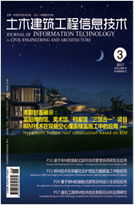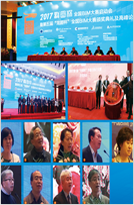栏目
2023, 15(4): 1-6.
DOI: 10.16670/j.cnki.cn11-5823/tu.2023.04.01
2023, 15(4): 7-13.
DOI: 10.16670/j.cnki.cn11-5823/tu.2023.04.02
2023, 15(4): 14-21.
DOI: 10.16670/j.cnki.cn11-5823/tu.2023.04.03
2023, 15(4): 22-27.
DOI: 10.16670/j.cnki.cn11-5823/tu.2023.04.04
2023, 15(4): 28-32.
DOI: 10.16670/j.cnki.cn11-5823/tu.2023.04.05
2023, 15(4): 33-37.
DOI: 10.16670/j.cnki.cn11-5823/tu.2023.04.06
2023, 15(4): 38-42.
DOI: 10.16670/j.cnki.cn11-5823/tu.2023.04.07
2023, 15(4): 43-47.
DOI: 10.16670/j.cnki.cn11-5823/tu.2023.04.08
2023, 15(4): 48-53.
DOI: 10.16670/j.cnki.cn11-5823/tu.2023.04.09
2023, 15(4): 54-63.
DOI: 10.16670/j.cnki.cn11-5823/tu.2023.04.10
2023, 15(4): 64-72.
DOI: 10.16670/j.cnki.cn11-5823/tu.2023.04.11
2023, 15(4): 73-77.
DOI: 10.16670/j.cnki.cn11-5823/tu.2023.04.12
2023, 15(4): 78-83.
DOI: 10.16670/j.cnki.cn11-5823/tu.2023.04.13
2023, 15(4): 84-88.
DOI: 10.16670/j.cnki.cn11-5823/tu.2023.04.14
2023, 15(4): 94-99.
DOI: 10.16670/j.cnki.cn11-5823/tu.2023.04.16
2023, 15(4): 100-104.
DOI: 10.16670/j.cnki.cn11-5823/tu.2023.04.17
2023, 15(4): 105-110.
DOI: 10.16670/j.cnki.cn11-5823/tu.2023.04.18
2023, 15(4): 111-115.
DOI: 10.16670/j.cnki.cn11-5823/tu.2023.04.19
2023, 15(4): 116-119.
DOI: 10.16670/j.cnki.cn11-5823/tu.2023.04.20
2023, 15(4): 120-126.
DOI: 10.16670/j.cnki.cn11-5823/tu.2023.04.21
2023, 15(4): 127-133.
DOI: 10.16670/j.cnki.cn11-5823/tu.2023.04.22









